The new USB4 (officially marked with no space between USB and 4) was released in 2019. At present, in addition to Apple's terminals, there are also several notebook products using the 11th generation Core Tiger Lake processor and a small number of them. The product of has taken the lead in the market.
However, referring to the fact that it brings a lot of practical new features, USB4 has a pretty good prospect of popularization. I believe that in the near future, we will be able to see a large number of products using this protocol on the market. Today we will talk about what surprises this new USB specification will bring to us.
Main features of USB4
Compared with the previous strongest USB specification (USB 3.2 Gen 2 x 2), the new USB4 specification will have faster transmission speed, better video bandwidth management and compatibility with Thunderbolt 3 devices. In addition, it also shoulders The USB Standardization Organization (USB-IF) must standardize the important task of naming the USB protocol.
Maximum transmission speed increased to 40 Gbps
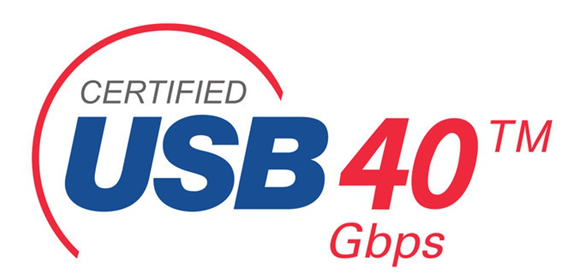
As a data transmission protocol, the most critical upgrade of USB4 is naturally the transmission speed. With the use of a complete specification of four two-way channel cables for data transmission, the maximum transmission speed of the USB4 device reaches 40Gbps of the Thunderbolt 3 interface, which is compared with the previous generation. USB 3.2 Gen 2×2 has doubled, which also lays the foundation for richer application scenarios of this interface.
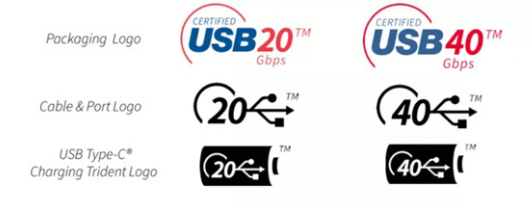
It should be noted that although the theoretical speed of USB4 can reach 40 Gbps, not all USB devices reach the highest ship speed standard, and to reach the highest transmission speed standard also puts forward higher requirements on other hardware, which also limits lightning 3 important reasons for the popularization of interfaces.
To this end, USB-IF has specially formulated the 20 Gbps version of the USB4 specification. Although the theoretical limit speed has been reduced to half, it is still much faster than the current mainstream USB 3.x specification, and can support some of the new features mentioned below.
Video transmission protocol upgraded to Display Port 2.0
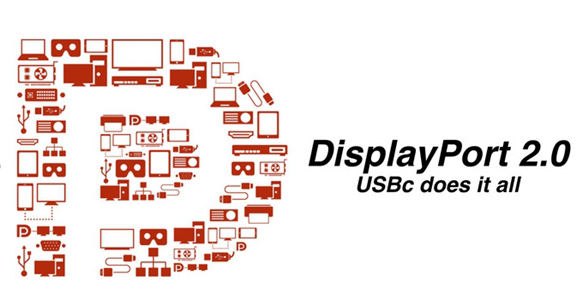
In terms of video transmission protocol, USB4 will upgrade from the previous Display Port 1.4 to Display Port 2.0, which means that USB4 can realize real-time transmission of 8K@60Hz+HDR10 video in Display Port Alt Mode (alternative mode). With reference to the Display Port 2.0 protocol, it can support up to 80Gbps transmission rate, and it can be implemented in USB mode. Therefore, the future USB4 has a lot of room for improvement in video transmission bandwidth.
Compatible with existing Thunderbolt 3 equipment
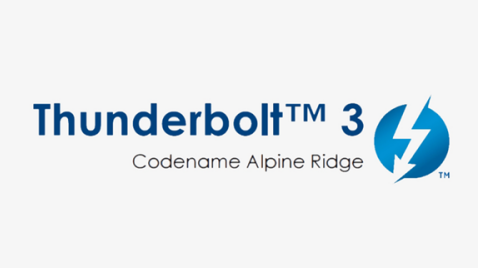
The use of complete specifications of USB4 can be compatible with existing Thunderbolt 3 devices, which is also an important feature of the USB4 specification, which will greatly improve the usability of the specification in the initial promotion period, and can also avoid the compatibility encountered during the evolution of the Thunderbolt 2 interface to the Thunderbolt 3 The problem happened again. It has been said before that USB4 is actually a new vest of Thunderbolt 3. However, from the perspective of specific applications, there are still many differences between the two. We will discuss this issue in detail later in the technical analysis section.
Only provide data transmission channels, which can dynamically allocate bandwidth for different types of data
Since the USB4 specification itself does not provide any general data transmission mechanism, but provides a data channel and uses other data transmission protocols (USB 3.2, Display port, PCIe, etc.) for target type data transmission, this feature is paired with a new dynamic allocation mechanism , greatly improving the utilization rate of the data channel.
For example, if we are using a USB 4 device with a rate of 40 Gbps, while transmitting 4K video, we must use an external SSD that supports PCIe channels to transmit data. At this time, the video channel only occupies the 12.5Gbps channel, and the remaining 27.5Gbps All of the bandwidth can be used for data transmission through the USB protocol or PCIe channel. Rather than occupying a fixed bandwidth for each channel as in the past, the data transmission speed will be directly limited to the low-speed mode during video transmission (whether it is 1080P or 4K).
Type-C interface exclusive
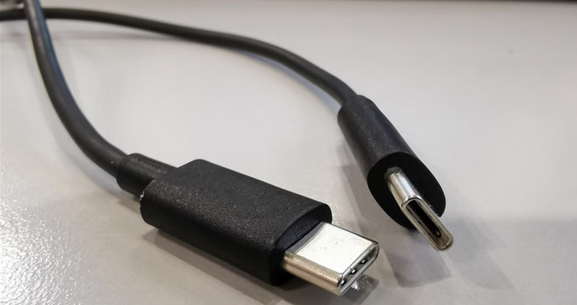
Due to the support of various new features, the full specification USB 4 can only be transmitted through the bidirectional Type-C interface, and will no longer provide compatibility with the USB Type-A or USB Type-B interface. These interfaces should still appear in hubs and docking stations in the future, but they will not be able to take advantage of the new features of USB4.
This change is also the general trend, because functions such as USB-PD fast charging and multi-protocol two-way transmission are also exclusive functions of the Type-C interface. In the future, other old-style USB interfaces will gradually withdraw from the stage of history.
All devices that comply with the USB4 specification support the PD protocol
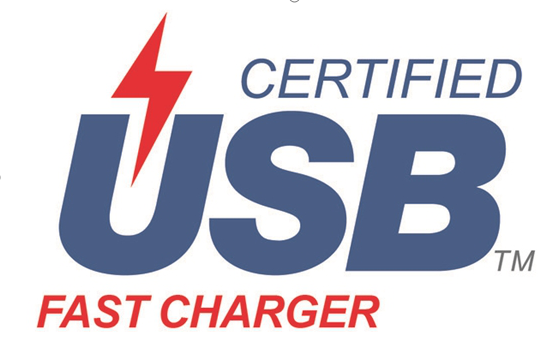
Nowadays, some Type-C devices support high-power shop transmission protocols based on the PD protocol. Not all devices that use this interface support this map. It is not convenient to change. In the USB4 era, all interfaces that use this specification must support PD. Agreement, so as to ensure that these devices receive adequate store supply and better power management.
The relationship between USB4 interface and Thunderbolt interface
Although there are already many external graphics card expansion docks using Thunderbolt 3 interface on the market, after so many years, only a few high-end laptops and desktops provide this interface. In the DIY market, almost no motherboard products will be native Provide Thunderbolt 3 interface.
Because the Thunderbolt interface is mainly a standard jointly developed by Intel and Apple, only recent generations of Mac products and a few high-end Windows notebooks using Intel processors provide support for this interface in the current market.
Compared with the standard USB protocol, the Thunderbolt protocol is a private protocol that requires additional licensing fees. Even if this additional cost is not considered, in addition to supporting the CPU, an additional auxiliary chip must be used to use it. The interface requires a high additional cost.
Because after the USB4 protocol is promoted, device manufacturers will no longer need to pay any additional licensing fees to Intel, and can manufacture products compatible with existing Thunderbolt 3 devices, and consumers can also enjoy graphics card expansion at a more affordable price Dock, ultra-high-speed external SSD, multi-screen 4K expansion and other technologies that are still superior today, so USB4 has more market potential than Raiden 3/4.
Therefore, although the full version of USB4 can theoretically support Raiden 3/4 devices through similar or even the same technology, and can achieve corresponding functions (such as calling the graphics card through the PCIe channel, and outputting 8K video through the Display Port 2.0 , Realize 100W fast charge through PD), but they follow the specifications and use different chips in the process of realizing this function.
The most important thing is that due to the open source protocol of USB4, its functional modules are not fixed. Manufacturers can choose according to product needs and cost. This means that in most cases, USB4 can only achieve certain features. , And devices that have passed Thunderbolt certification, especially cables, can fully implement these features. For example, a cable that supports USB4 may have a transmission speed of 40Gbps, but limited by the wire material, the maximum charging power can only be Reaching 20W (the most standard is still 7.5W), this situation has become commonplace in the USB 3.x era, and the future USB4 cannot be avoided.
In summary, the Thunderbolt 3/4 interface is an interface that must pass compulsory certification. Passing the certification can fully support all the features specified in the agreement (the software and hardware compatibility between devices still needs to be considered); and the USB4 interface is just a recommended specification The name can be used if the interface meets the minimum requirements. The upper limit performance can reach the level of Thunderbolt 3, but the lower limit performance may not be significantly different from the current mainstream full-featured Type-C (USB 3.2).
They are two different technical specifications that can achieve similar functions and some of the functions are compatible with each other. At the practical application level, Thunderbolt 3 can basically be regarded as the complete body of USB4. Most of the performance and application indicators of the USB4 specification are also based on the existing Raiden 3 specification.
Why is USB 4 officially spelled "USB4"
The biggest feature between the official naming of USB4 and previous products is that the space between the USB and the suffix number is removed. According to the official statement of the USB Specification Committee, USB4 will be used as a brand logo instead of a version number. , The names of USB4.x will not appear in the future. The greatest significance of this operation can strengthen the sense of identity of this specification, just like the current Wi-Fi x naming rules in the field of wireless LAN, which promotes Wi-Fi 6 well. (802.11ax) The rapid spread of technology.
I believe that many friends have a lot of criticism about the naming of the USB specification in the past. There are many names between different product lines. With USB 3.x in the future, there will be a total of USB 3.0, USB 3.1 Gen 1, USB 3.1 Gen 2 Four different versions of the data transmission specifications including USB 3.2, and also include various terms such as USB PD and USB Alt Mode (DP/HDMI video mode). Their standard logos are more abundant, and it is naturally difficult for consumers to visualize the area. The difference between this pile of agreements.
The USB Specification Committee also stated that the future USB4 will no longer use the version number of USB4.x for specification updates. Even if products based on this technical specification can achieve greater speed upstream breakthroughs (such as 80Gbps), they will still be called in the future. It is USB4, and it will also promote the use of more intuitive names. Just like USB 3.x is called Super Speed USB, USB 4 may introduce a more iconic name, similar to the video resolution. 480P=HD, 720P=Ultra HD, 1080P=Full HD.
The future of USB4 protocol products
Looking forward to the future development of the specification, the current most potential direction is to gradually replace the current full-featured Type-C interface based on the USB3.x specification, while retaining the outstanding features of 8K output, ultra-high transmission bandwidth and concurrent use of Thunderbolt 3 devices, and Mounted on more mainstream products, it will effectively promote the development of external graphics card docking stations (based on USB4 instead of Thunder 3/4), ultra-high-speed external SSDs and other products.
With reference to the Raiden 3 interface just appeared 4-5 years ago, the launch of the expansion dock peripherals and the price and experience of the full-featured Type-C expansion dock today, we can fully look forward to the experience that USB4 can bring us, perhaps in the near future, We can use high-performance graphics card expansion docks on mainstream price (less than 5,000 yuan) laptops at a popular price (less than 500 yuan), and mobile phones and tablets can also achieve richer and high-quality expansion through USB4 peripherals. Function, and with the popularization of the standard, rich functions will make the interfaces on digital devices more unified in the Type-C interface based on USB4, and its potential market will be very broad.






















View More(Total0)Comment Lists